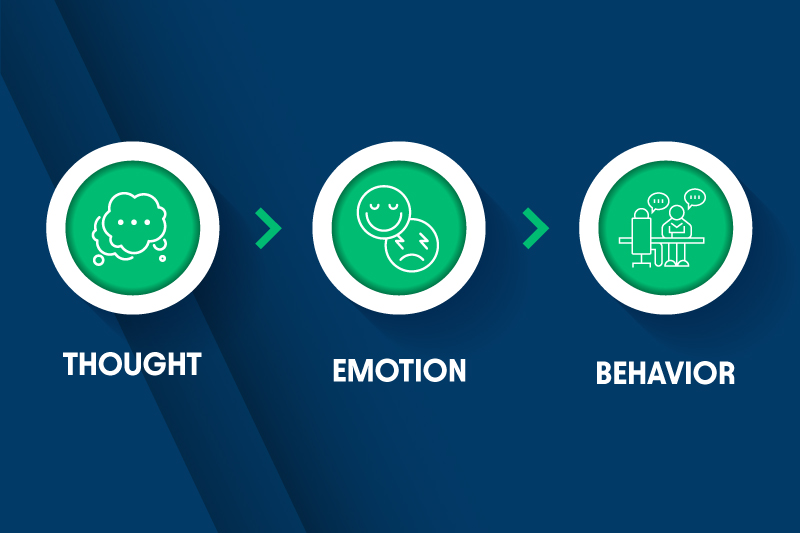

In the intricate dance of leadership, the steps from thought to emotion, and from emotion to behavior, are both subtle and profound. As leaders, our ability to navigate this pathway not only shapes our interactions but also sets the tone for our organizational culture. It’s a journey that begins within the recesses of our minds, travels through the realm of our emotions, and manifests in the world through our actions. Understanding this emotional pathway is crucial for leaders who aspire to lead with empathy, resilience, and effectiveness.
Every action begins with a thought. These thoughts, whether they emerge from deep reflections or spontaneous insights, are the seeds from which our emotions and behaviors grow. As leaders, cultivating an awareness of our thought patterns is the first step toward intentional leadership. It’s about recognizing the power of our thoughts to influence our emotional state and, by extension, our actions and decisions. By mastering our thoughts, we can steer our emotional responses in directions that serve our leadership goals and organizational vision.
Emotions are the bridge between thought and action. They are the messengers that tell us how to feel about our thoughts, influencing our behavior in profound ways. For leaders, the ability to understand and manage emotions—both our own and those of our team members—is a cornerstone of emotional intelligence. It involves recognizing the impact of emotions on our decision-making processes, communication, and relationships. By navigating our emotions with mindfulness and empathy, we can transform potential conflicts into opportunities for connection and growth.
Behaviors are the culmination of the thought-emotion pathway. They are the visible expressions of our internal processes, the actions through which we impact our world. As leaders, our behaviors set the standard for our teams and organizations. They are the models upon which others base their actions. By aligning our behaviors with our values and leadership principles, we can inspire trust, foster collaboration, and drive positive change. It’s about acting with intention, guided by a deep understanding of the interconnectedness of thoughts, emotions, and behaviors.
To harness the full potential of this emotional pathway, leaders must cultivate emotional awareness. This involves creating spaces for reflection, where we can explore the origins of our thoughts, understand the nuances of our emotions, and consider the implications of our behaviors. It’s about engaging in continuous self-improvement, seeking feedback, and embracing the lifelong journey of learning that leadership entails.
The journey from thought to action, mediated by emotion, is at the heart of emotional intelligence in leadership. It’s a journey that demands courage, introspection, and a commitment to growth. By mastering this pathway, leaders can navigate the complexities of human dynamics with grace, lead with authenticity, and create organizations that thrive on empathy, resilience, and shared purpose.
